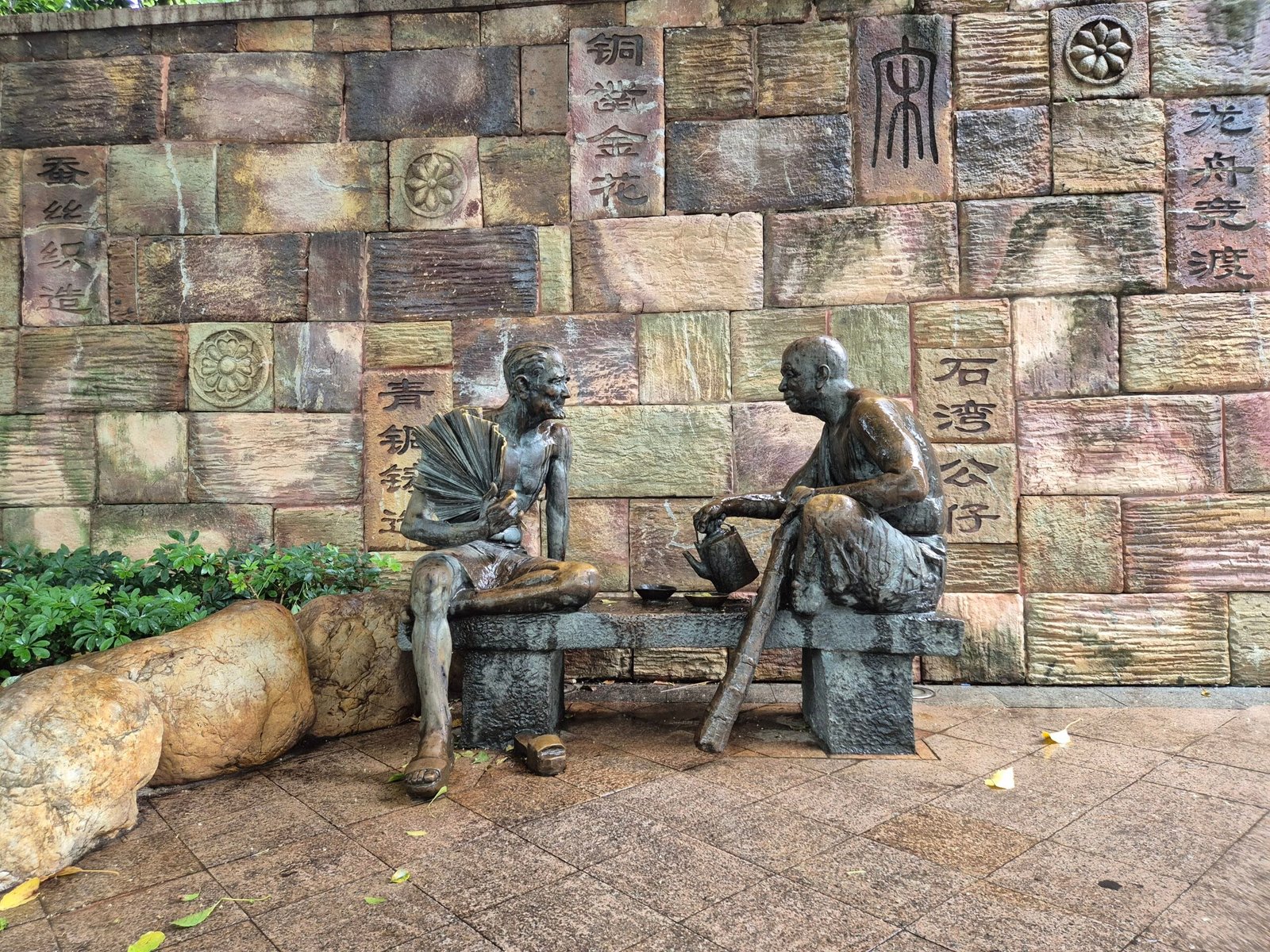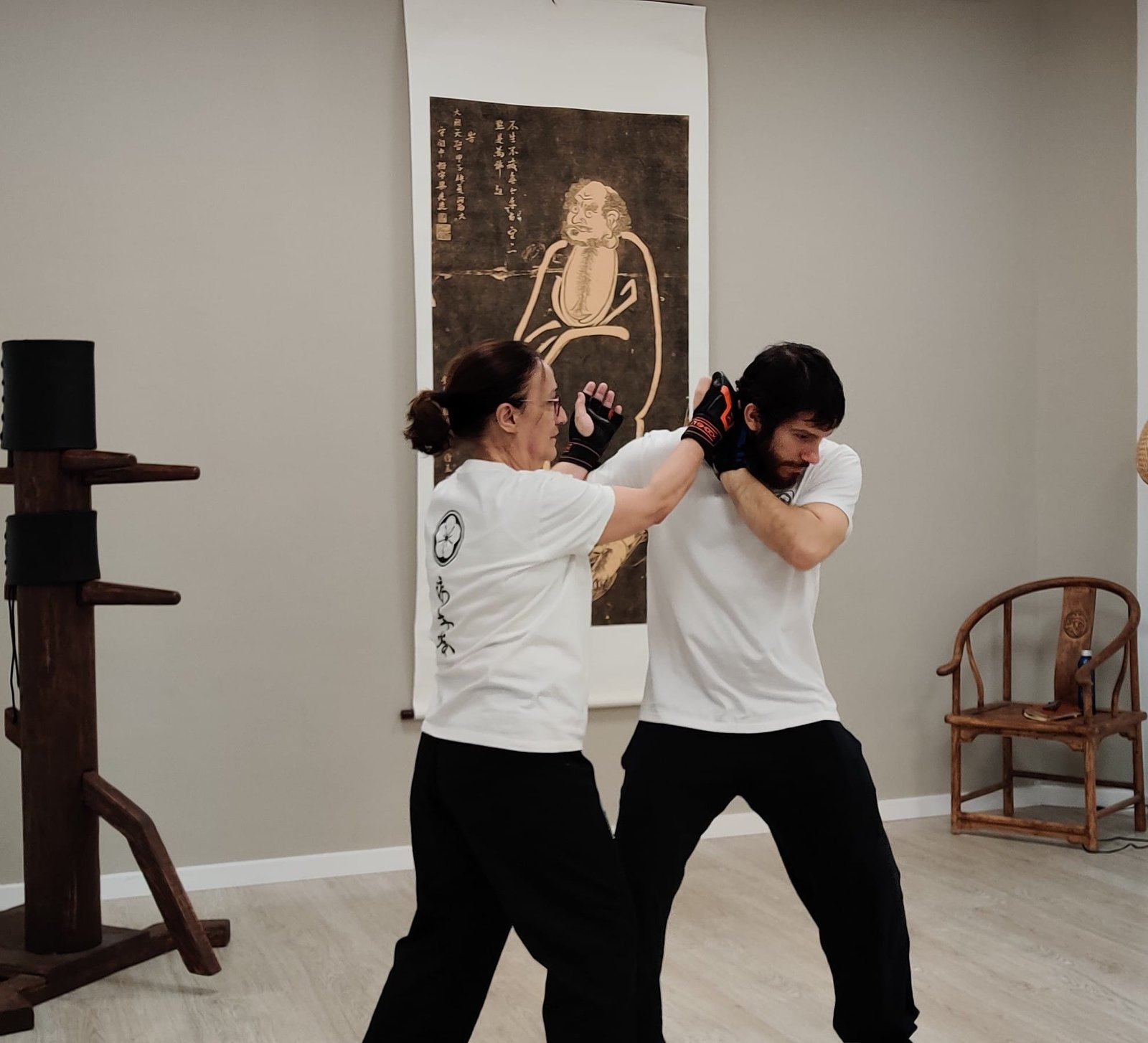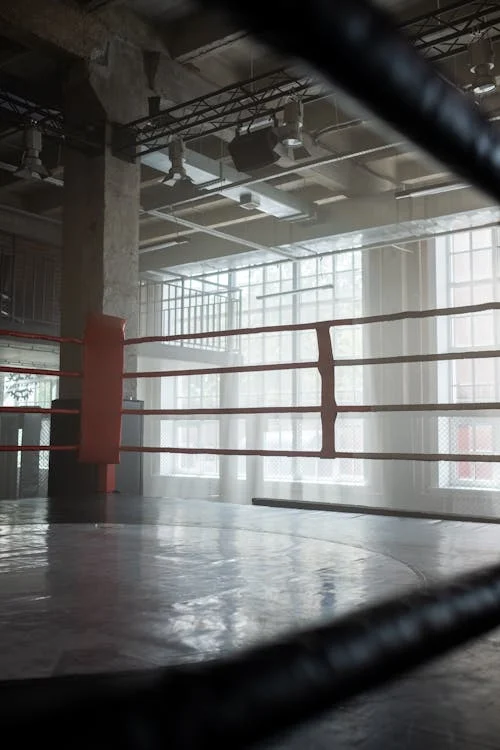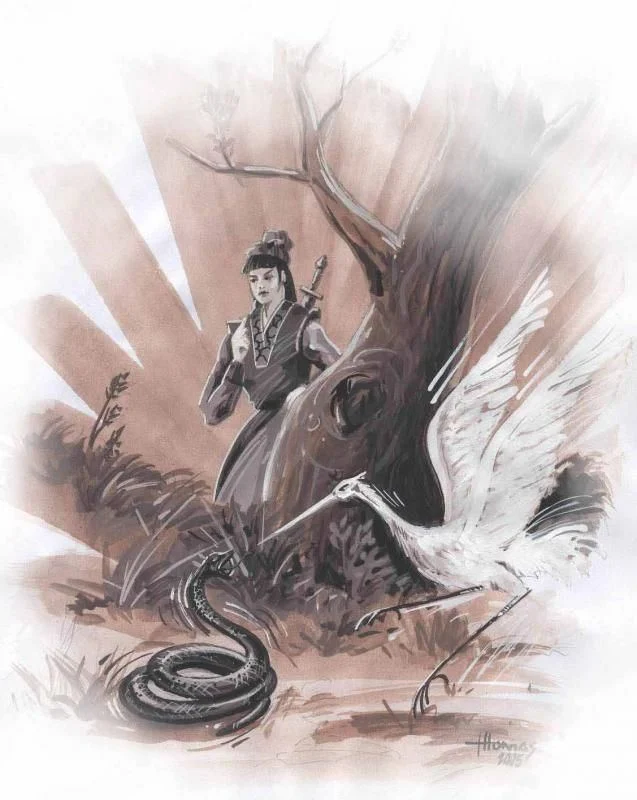Wing Chun 詠春拳 – The Martial Art of Southern China
Efficiency, Simplicity, and Adaptability for All
Intro
Wing Chun (詠春拳), or “Singing Spring Boxing,” is a martial art originating from southern China (Guangdong), developed about 400 years ago in contexts of resistance, influenced by uprisings such as the Taiping Rebellion and the memory of the Southern Shaolin Temple.
This pragmatic system is characterized by short and direct techniques designed to gain immediate advantage, redirecting the opponent’s force with simultaneous and fluid counterattacks.
Both internal and external, it integrates principles of Taoist philosophy — flow, yielding, wu-wei, yin-yang — to cultivate balance between mind and body.
(If you would like to explore its historical origins in more detail, visit our blog article on the Taiping Rebellion and the Southern Shaolin myth → History of Wing Chun page in Spanish use your navigator translator)


Accessibility and Self-Defense
Wing Chun is accessible to everyone — regardless of age, gender, or physical strength — and is particularly well-suited for women, as reflected in the legend of its founder, Yim Wing Chun, who defended herself without relying on brute force.
Its efficiency lies in sensitivity and control at close range, using practices such as chi sao (黐手, “sticking hands”), which train the ability to perceive and adapt under pressure. This makes it ideal for real-world self-defense, where simplicity, speed, and precision are key to neutralizing threats without unnecessary force.
At Wing Chun Dao, we emphasize a realistic approach: preserving the traditional essence of the art while integrating modern training methods such as biomechanics and functional preparation. This ensures practice that is effective for self-defense and relevant to today’s world.
Artes marciales vs deportes de combate
Unlike modern combat sports such as MMA, boxing, kickboxing, or wrestling — whose objective is to score points or win by submission/KO within a regulated framework that protects the athlete’s career — Wing Chun was born in a martial context of life and death. Its techniques, such as joint locks and attacks, strikes to vulnerable areas, or continuous pressure at close range, are not meant to score but to neutralize threats efficiently. Today, that essence is adapted to realistic self-defense, where the goal is not competition but emerging unscathed.
The approach also differs in its relationship with the body. While sport prioritizes endurance, explosive strength, and often physical wear and tear, Wing Chun seeks efficiency: transforming body mechanics to generate power through active relaxation, protecting and strengthening tendons and joints over the long term.
In addition, the system includes mental training that goes beyond technique. Managing stress and emotions under pressure is key: learning to maintain clarity and control in a hostile environment. This dimension, rarely trained in combat gyms, is embedded in the kuen kuits (martial aphorisms) that transmit the accumulated wisdom of the art.
Wing Chun was forged in times of war and rebellion, where combat was a matter of life and death. Modern self-defense is not a recent addition, but the preservation of that original essence — adapted to the challenges of today’s world.


Origins and evolution
According to legend, after the destruction of the Southern Shaolin Temple, the nun Ng Mui observed a fight between a snake and a crane. Inspired by the reptile’s flexibility and the bird’s precision, she created a system based on efficiency and adaptability. She passed this knowledge on to Yim Wing Chun, a young woman who used it to defend herself, and whose name became forever linked to the art.
Beyond the myth, Wing Chun took shape in southern China (Guangdong), in a context of resistance and uprisings such as the Taiping Rebellion. It was later consolidated in Foshan and eventually spread from Hong Kong through Master Ip Man (葉問).
The art is structured through progressive forms, practices such as chi sao (黐手, “sticking hands”), the wooden dummy, and traditional weapons like the long pole and butterfly knives. These elements transmit its essential principles and keep the system alive to this day.
👉 To learn more about the history of Wing Chun in detail, visit our blog → Historia del Wing Chun.
Wing Chun en Wing Chun Dao
At our school, we preserve the traditional essence of Wing Chun while applying it to modern life. We combine the teachings of great lineages (Ip Man, Yuen Kay San, and Tang Yik’s Weng Chun) with modern training methods to ensure realistic, accessible, and progressive learning.
Our goal is not only to transmit a martial art but also to offer a path of physical, mental, and practical development, adapted to each individual.
